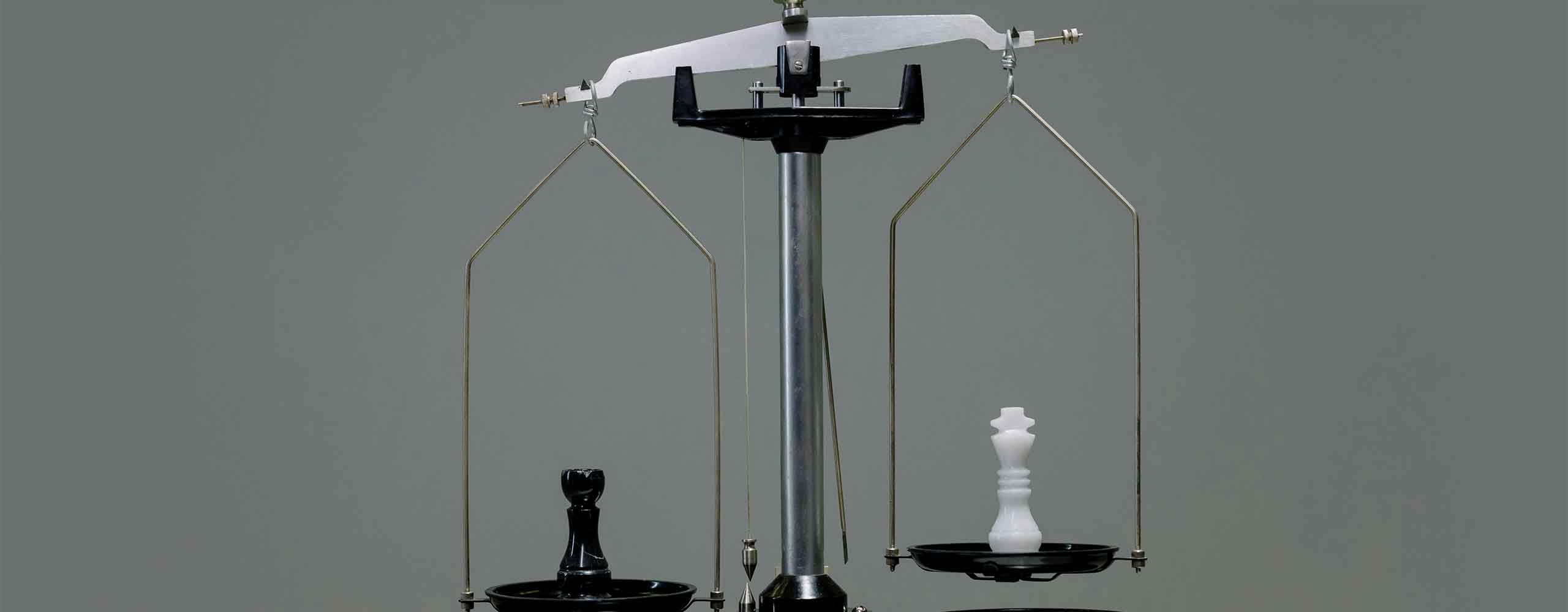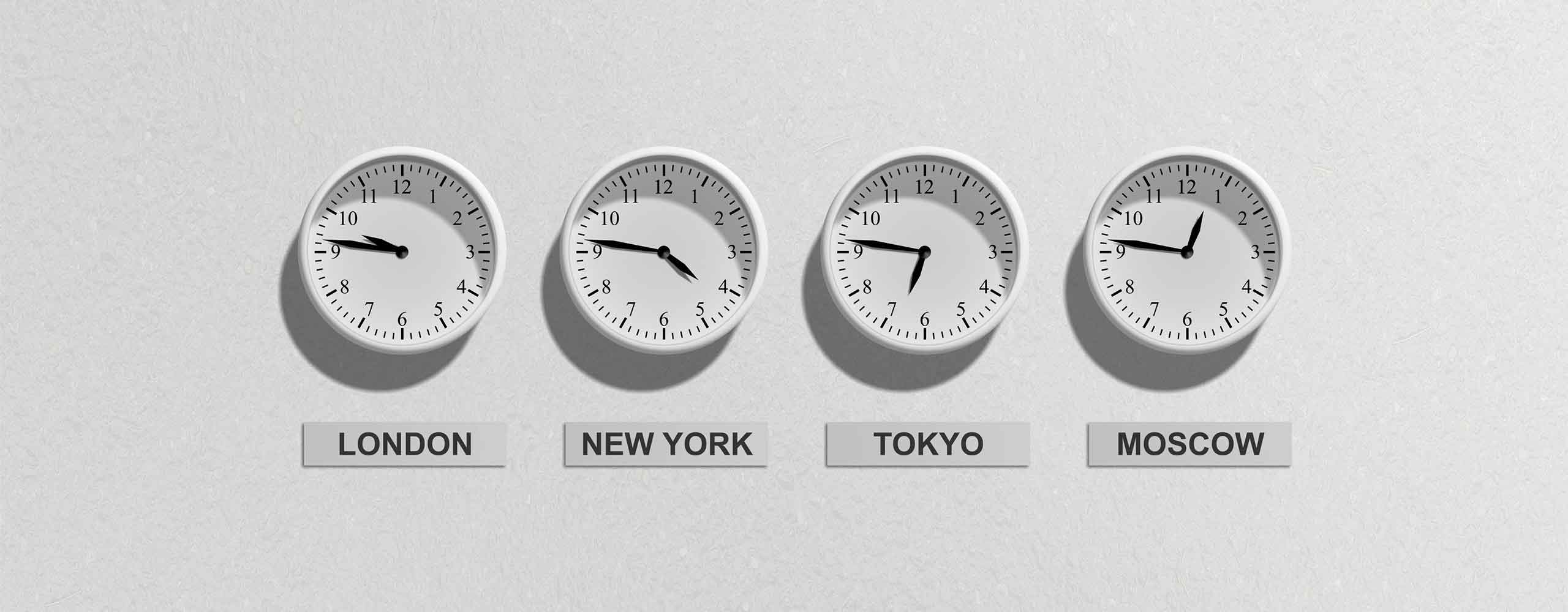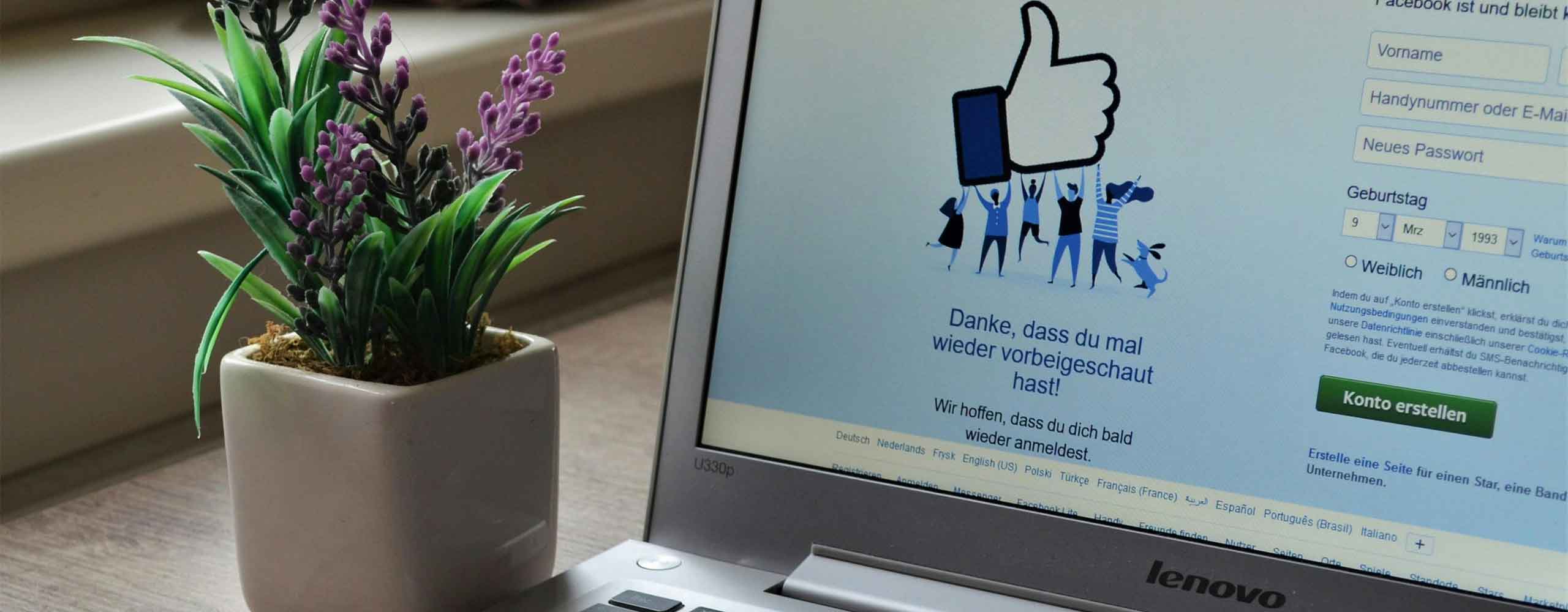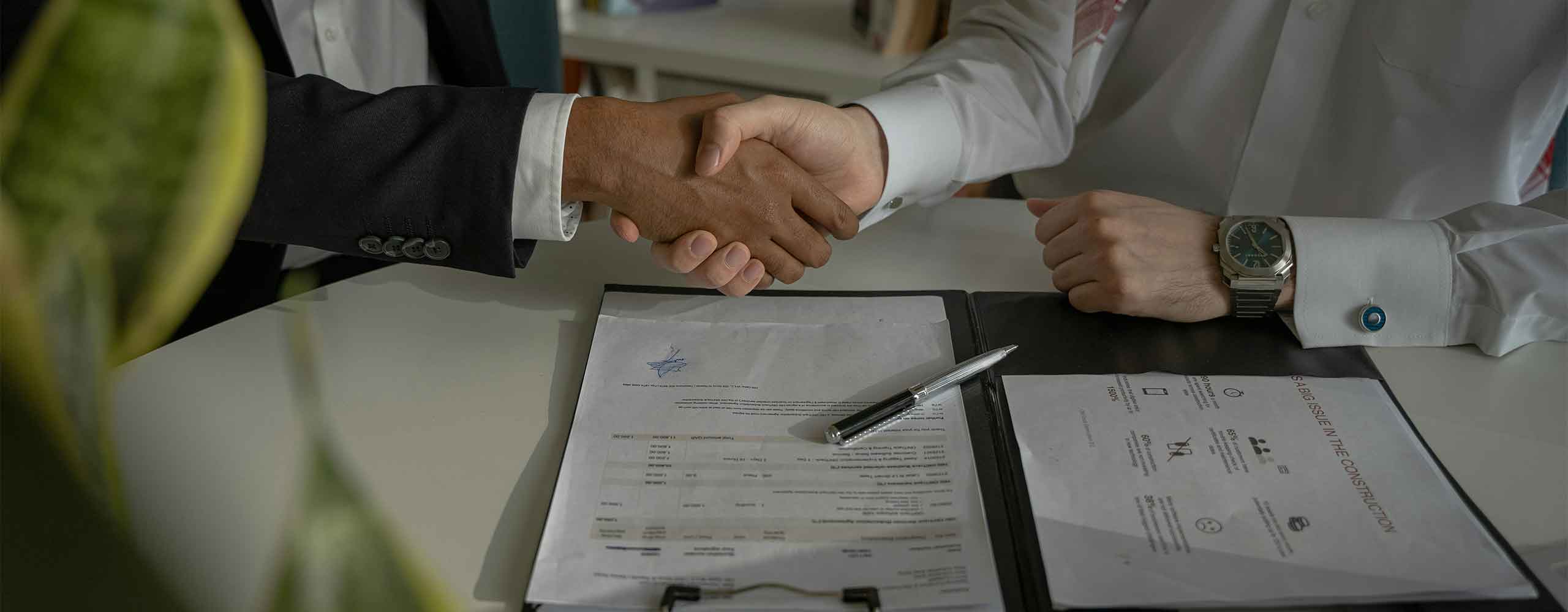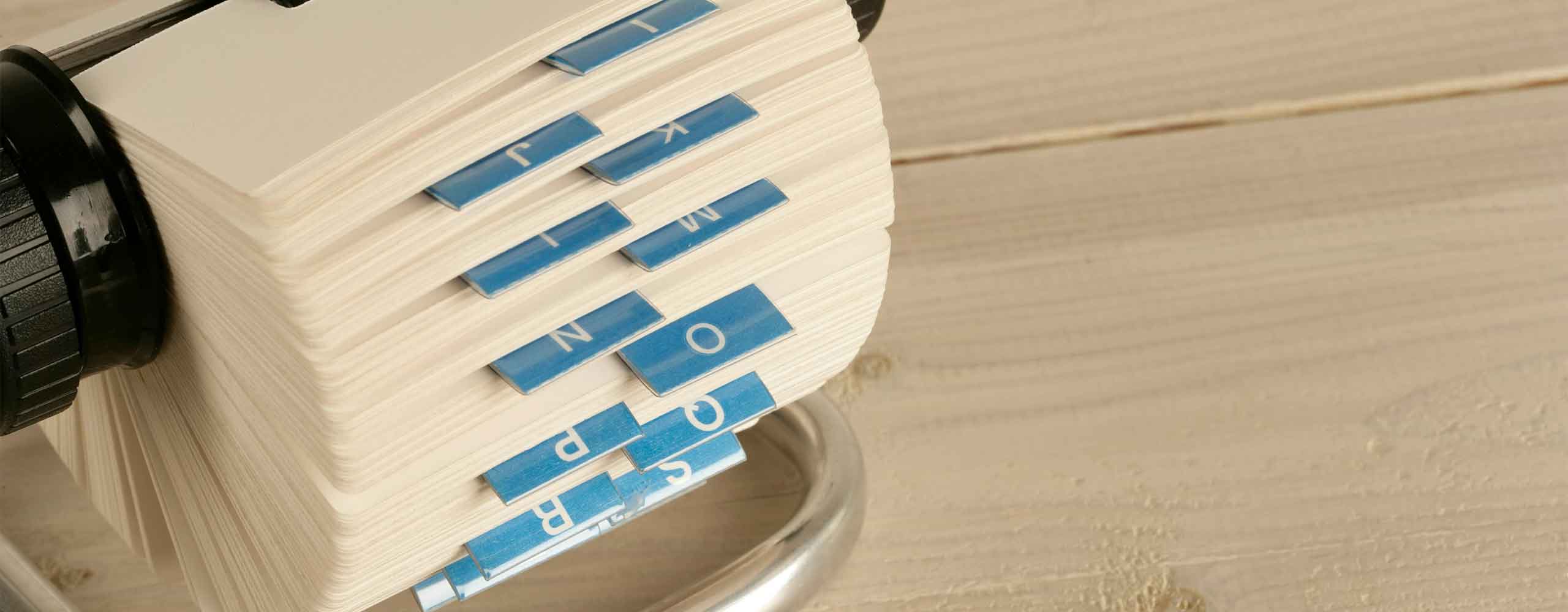A Powerful Elementor Element
There are many things to love about Elementor. With countless elements to use on a web page and easy editing, it’s a great tool for any website. One of those elements that we use on a lot of the sites we build is the Loop element. The Loop element allows us to display and manage the presentation of various types of content. With the Loop, we can easily showcase a number of entries for a post type. This functionality adds a great amount of information and ease to the user experience on a website.
Dynamic Content Presentation
One of the greatest strengths and benefits of the Loop is how it can easily dynamically display posts, pages, and ideally custom post types. This allows a website to gather content from the WordPress database that the site owner has added, and display it according to a set of rules or styles.
With the Loop, we can control not just what type of post is displayed, but many types of conditional formatting. We can have it show posts that include only a certain category or tag. The Loop can also be set to only show a certain number of posts or we can set the display to have pagination and go to multiple pages.
By being able to so easily and dynamically display this information, we can keep a website updated regularly with new content. By doing this, we can keep a website always fresh with new content. Since this content can be easily added in by the website, such as with tools like Advanced Custom Fields, this does not add an overwhelming workload to that website owner.
Custom Layouts
WordPress has always had a general Posts display for blog articles. The downside to this element was that while it could show more than just blog articles, this display options were limited. With the Loop element, however, we can set up any number of styling options to make the loop and content more impactful to the user.
We can use anything from the post title, featured image, content, meta information, and any ACF field we have added in. By doing this, we can create unique displays that showcase exactly what is needed in the loop. These design and custom layout options allow web designs and small businesses with creative freedoms to ensure that their content is unique and engaging.
These layouts can all be done in the Loop template. You create a new template or use a pre-existing template when you set up a Loop. With the template, you can control everything from the background color to the margins to fonts sizes and more. The loop template is sort of like an individual-repeating Elementor web page on its own.
Templates
As mentioned earlier, one of the great benefits of the Loop element is the template options it has built into it. Once a Loop template is created and designed, that template will be used for not just ever post in the loop, but it can be used again on any future loop. Within these templates, you can set any display settings and bring in a considerable amount of content.
With ACF, we can create unique displays for things like Team Members, Board of Directors, services, tutorials, and really any kind of content that has some commonalities. With this we can create a separate section in the WordPress admin where the site owner can add and order any of this dynamic content at any point. As soon as the new content is created, it is added into the loop.
What works so great with these templates is the ease that they can be displayed. For example, we use a Loop on the tutorials page for Full Scope Creative. When we add in a new template, it is automatically added to the first spot. That functionality is all done through the Loop. In some instances, say a Team Member listing, adding a team member into a specific spot can be a tedious process even using a standard Elementor page with containers and sections. But with the Loop, we can easily drop in a new team member anywhere, and anytime.
Advanced Filtering and Sorting
The Loop offers advanced options for filtering and sorting content based on various criteria, such as categories, tags, custom fields, and meta values. This capability allows for highly specific and targeted content displays, enhancing the user experience by showing relevant content to your audience. Whether you want to highlight the most popular posts or display content from a particular category, the Loop has you covered.
SEO Benefits
In a previous blog article we wrote about the need to keep website content fresh and relevant. Google does not want to rank a website that never has updates happening to the site content. By using the Loop and a tool like ACF, we can make it so the site is easily and regularly being updated.
With the Loop providing information and content that the user is most likely interested in, we can increase the time that the user will stay on the page. The longer the on page time is on a site, the more likely Google will be to provide a higher ranking for the site. A general SEO rule of thumb is that if doing something increases the user experience, it is good for SEO.
Another key feature we can add into the template of the Loop is a link or button. With this link, we can customize what the links say and focus on SEO friendly terms. Adding in these links can also help to promote users to click into more pages of the website. Doing this can help to reduce the bounce rate on a page and even increase sales opportunities.
Conclusion
The powerful Loop element in Elementor is a powerful and dynamic tool that provides great flexibility and customization for dynamic content on a website. By using the Loop, you can create a much more engaging website that can rank better in search engine results. The Loop element has the power to transform how your website and the way you manage the content on it. Your users will be engaging with a more dynamic and unique experience, and you as the website owner will enjoy the efficiencies and ease it creates for you.



